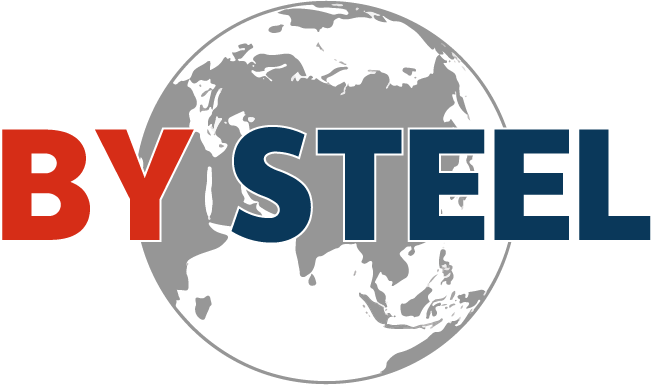Main components of steel plate
Release time:
2024-05-13
Chromium, copper, nickel and other alloying elements may also be added to the steel plate. These elements can improve the corrosion resistance and high-temperature strength of the steel plate. They are often used to manufacture steel plates in impact resistance, wear resistance, marine engineering, nuclear engineering and other fields.
The main components of steel plate are iron and carbon. Iron is the most important element in steel plates, accounting for more than 99% of the total composition of steel plates. It provides hardness, strength and toughness to steel plates. Carbon is a key element that affects the performance of steel plates. Its content is usually between 0.08% and 2.0%. An increase in carbon content will increase the hardness and strength of the steel plate, but it will also reduce its toughness and weldability.
In addition to iron and carbon, steel plates contain a number of other elements, including:
Manganese: Improves the strength and hardness of steel plates, while also helping to improve corrosion resistance and weldability.
Silicon: Improves the wear resistance and hardness of steel plates, but may reduce its corrosion resistance.
Phosphorus and Sulfur: often considered hazardous elements as they can negatively impact the mechanical and corrosion properties of steel plates.
In addition, alloy elements such as chromium, copper, and nickel may also be added to the steel plate. These elements can improve the corrosion resistance and high-temperature strength of the steel plate. They are often used to manufacture steel plates in fields such as impact resistance, wear resistance, marine engineering, and nuclear engineering.
Latest News
The correct way to install steel coils
The correct way to load steel coils depends on their size, weight and how they are transported or stored.
2024-05-13
Steel pipes can also be divided into seamless steel pipes and welded steel pipes according to the production process. Seamless steel pipes are divided into hot-rolled and cold-rolled (drawn). Welded steel pipes are divided into straight seam welded steel pipes and spiral seam welded steel pipes.
2024-05-13
How are steel plates produced?
The production process of steel plates includes multiple links such as raw material selection, steelmaking, casting, rolling and surface treatment. Each link has an important impact on the quality and performance of the final product.
2024-06-18
Main components of steel plate
Chromium, copper, nickel and other alloying elements may also be added to the steel plate. These elements can improve the corrosion resistance and high-temperature strength of the steel plate. They are often used to manufacture steel plates in impact resistance, wear resistance, marine engineering, nuclear engineering and other fields.
2024-05-13
The production of steel bars is a complex process that requires the cooperation of a series of equipment. The accuracy and stability of these equipment directly affect the quality of the bars.
2024-06-18
The difference between I-beam and H-beam
The upper and lower flanges of H-beams are usually wider than those of I-beams. H-beams also perform better in terms of load-bearing capacity and stability, and their bending resistance is particularly good. Therefore, H-beams are more suitable for structures that need to withstand large loads, such as bridges and high-rise buildings.
2024-06-18


